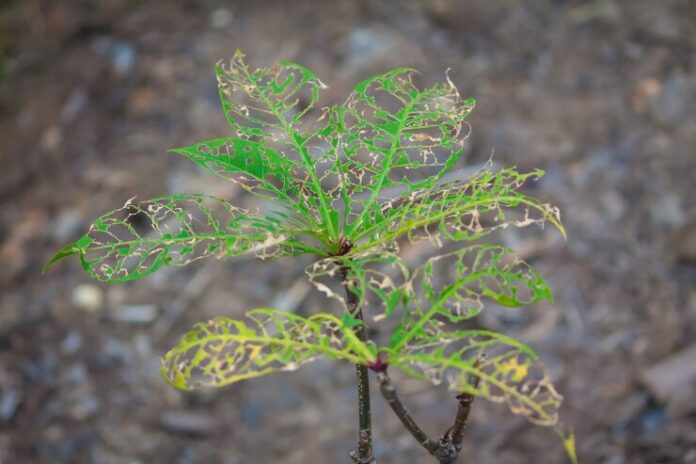Introduction to the Apamarga Plant
The apamarga plant, known scientifically as Achyranthes aspera, has been a hidden gem in herbal medicine for centuries. properties. Why has it remained relevant for centuries? If you’re curious about its benefits or thinking about growing this impressive herb yourself, keep reading to find out everything you need to know.
Understanding the Apamarga Plant
Botanical Features
The apamarga plant is a hardy perennial herb that can grow up to one meter in height. It features simple yet distinctive characteristics, including spiny flowers and a tough stem. Its small, greenish-brown flowers form clusters, and the plant produces lance-shaped leaves that contribute to its resilient nature.
Habitats and Growth Patterns
The apamarga plant thrives in tropical and subtropical regions. The plant grows year-round and requires minimum care, making it an ideal option for beginners interested in cultivating medicinal plants. Its ability to thrive in tough environments is a metaphor for its significant impact as a multipurpose herb—adaptable, reliable, and enduring.
Health Benefits of the Apamarga Plant
Medicinal Properties
The apamarga plant’s medicinal properties are where it truly shines.
- Detoxification: The apamarga plant is valued for its ability to aid in detoxification. It helps eliminate toxins and free radicals, keeping the body’s internal systems clean.
- Digestive Aid: The seeds and leaves are used to alleviate digestive issues such as constipation and indigestion. Its mild laxative effect promotes gut health.
- Anti-inflammatory Effects: Compounds found in the apamarga plant help reduce swelling and inflammation, making it effective for joint pain and arthritis relief.
- Antimicrobial Properties: The plant is known for its antimicrobial and antibacterial activities. Traditional healers have used it to treat skin infections, wounds, and other bacterial ailments.
- Kidney Support: Apamarga is often used in traditional remedies to enhance kidney health, primarily by being a natural diuretic.
- Respiratory Wellness: Suffering from a cough, cold, or asthma?
- Blood Sugar Regulation: Early studies suggest that the apamarga plant may play a role in balancing blood sugar levels. This could make it beneficial for people managing diabetes.
Practical Applications in Ayurveda
The apamarga plant figures prominently in Ayurvedic therapies for cleansing rituals (Shodhana) and rejuvenation.
Cultivation and Use in Modern Times

Growing Your Own Apamarga Plant
Would you like to grow your own apamarga plant?
- Location: Choose a sunny spot with well-drained soil.
- Seeding: Plant seeds directly into the soil. Water lightly to help them germinate.
- Minimal Care: Once established, the plant requires no major intervention except occasional watering.
Tip: Don’t have garden space?
Where to Find the Apamarga Plant
If growing isn’t an option, you can find dried apamarga leaves, seeds, powders, or extracts in reputable herbal stores or online marketplaces specializing in Ayurvedic remedies. Look out for certified organic products to ensure you’re receiving high-quality medicinal benefits.
Modern Uses
Its natural properties align with many aspects of modern wellness trends, including detox teas, digestive capsules, and anti-inflammatory lotions.
The Apamarga Plant in Scientific Research
Scientific interest in the apamarga plant has highlighted its potential for a broader range of applications, from treating lifestyle disorders to combating chronic diseases.
- Antioxidant Activity: Research confirms its strong antioxidative properties, opening pathways for its use in managing oxidative stress-related conditions.
- Wound Healing: A study published in the Journal of Ethnopharmacology found that apamarga extract significantly accelerates the healing of open wounds.
- Anti-Diabetic Potential: Animal studies suggest that apamarga could play a role in managing glucose regulation, although human trials are needed to confirm these benefits.
- Anti-Cancer Properties: Early research indicates that apamarga might possess compounds that hinder the growth of certain cancer cells. This is an exciting area for future exploration in medical studies.
Unlocking the Potential of the Apamarga Plant
The apamarga plant has upheld its reputation as an invaluable botanical resource across generations. Curious to explore apamarga for yourself? Start today by sourcing high-quality apamarga products or growing your own. The possibilities are abundant, and its potential is undeniable.

